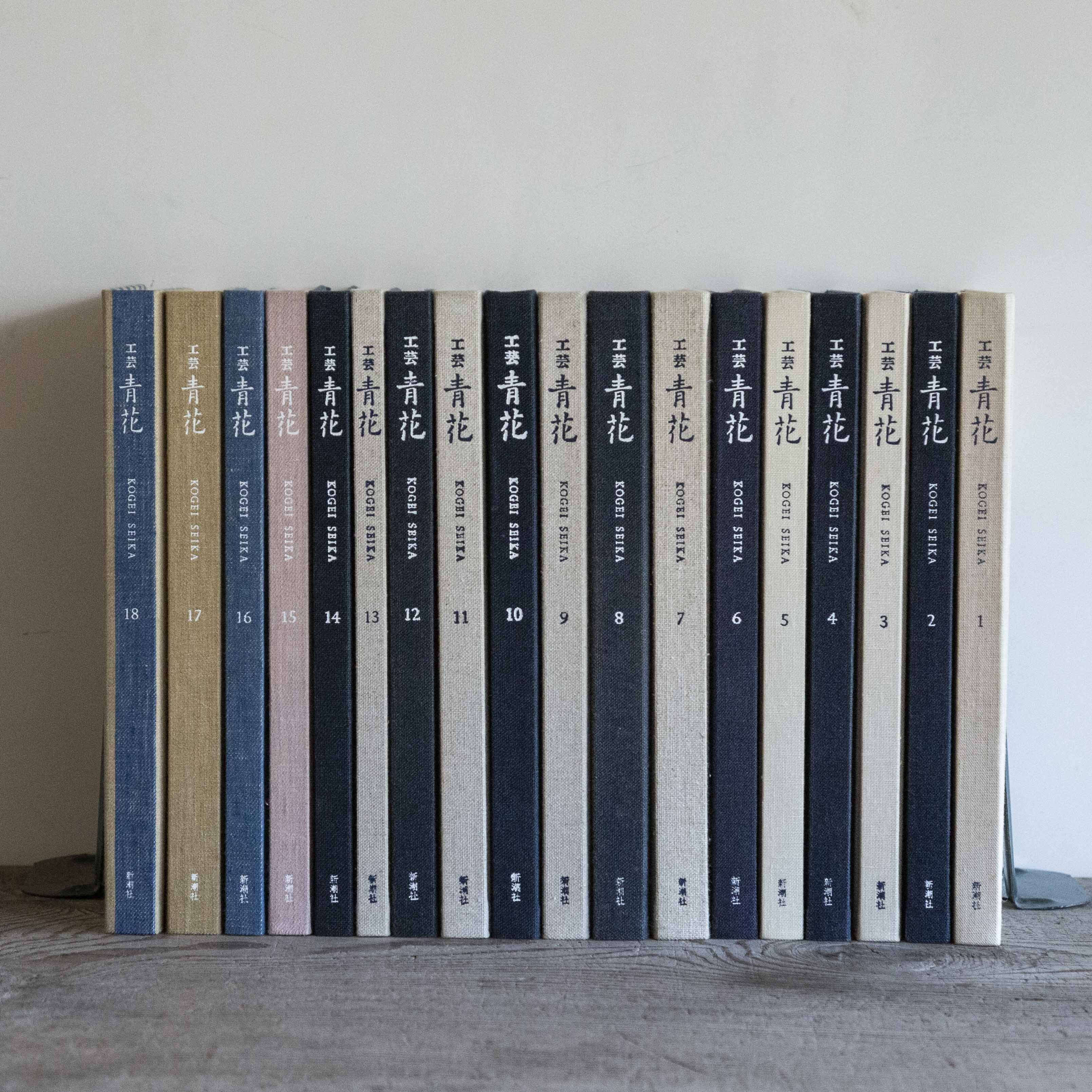
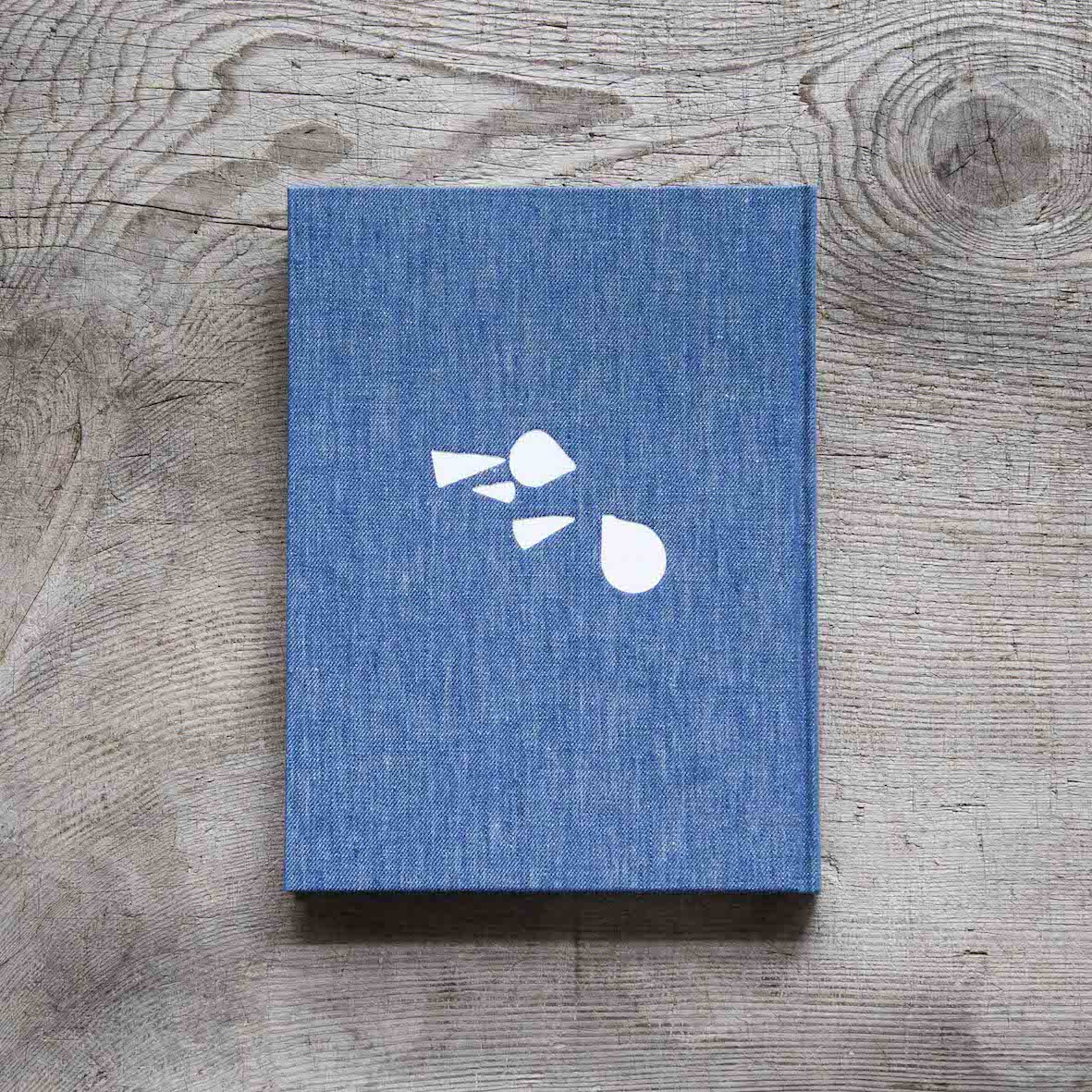
『工芸青花』16号
■2021年6月20日刊
■A4判|麻布張り上製本|見返し和紙(楮紙)
■カラー144頁|望月通陽の型染絵を貼付したページあり
■限定1000部|10,000円+税
■御購入はこちらから
https://shop.kogei-seika.jp/products/detail.php?product_id=607
Kogei Seika vol.16
■Published in 2021 by Shinchosha, Tokyo
■A4 in size, linen cloth coverd book with endpaper made of Japanese paper (kozo)
■144 Colour Plates, Frontispiece with a stencil dyed art work by Michiaki Mochizuki
■Each chapter is accompanied by an English summary and all photographs are with captions in English
■Limited edition of 1000
■10,000 yen (excluding tax)
■To purchase please click
https://shop.kogei-seika.jp/products/detail.php?product_id=607
目次 Contents
1|「さる山」の店と仕事
The Shop Saruyama and his work
・余白と多 沢山遼
・聞書・猿山修小伝 山本千夏
・猿ちゃんと野生 赤木明登
2|川瀬敏郎の花 侘び
Flowers by Toshiro Kawase and Wabi
・芭蕉の侘び、利休の侘び 青柳恵介
3|ロシアとスキタイ
Russia and Scythian Art
・ピアノと骨董 毛涯達哉
・古代ユーラシアの草原から 松本圭太
4|望月通陽と as it is
Exhibition of Michiaki Mochizuki at museum as it is
・安堵の手法 望月通陽
・マルテの決意 望月通陽
連載 Series
・ロベール・クートラスをめぐる断章群10 堀江敏幸
扉の絵
精華抄
扉の絵 6
The Frontispiece 6
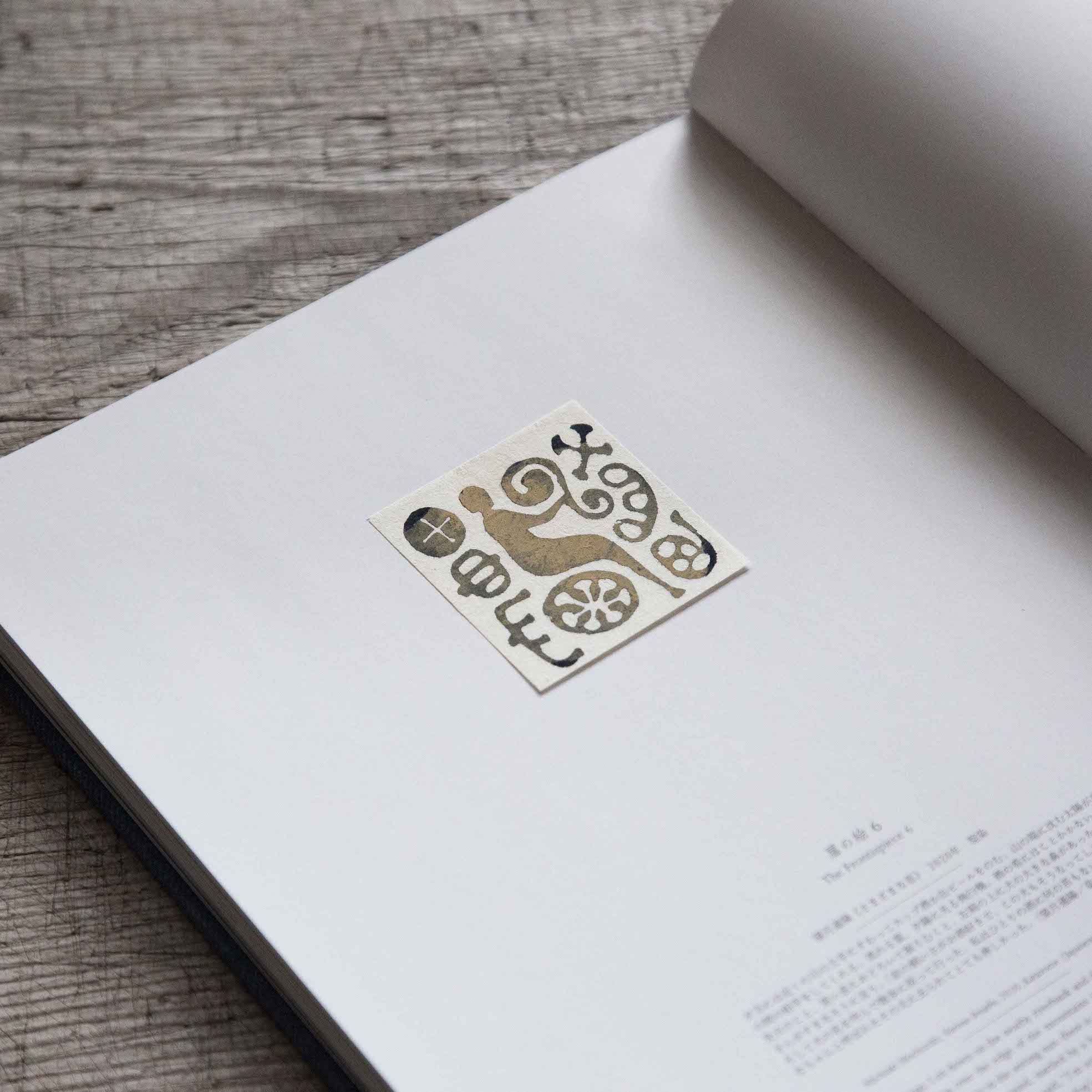
望月通陽《さまざまな息》 2020年 型染
Michiaki Mochizuki, Various breaths, 2020, Katazome (Japanese stencil print)
1|「さる山」の店と仕事
The Shop Saruyama and his work
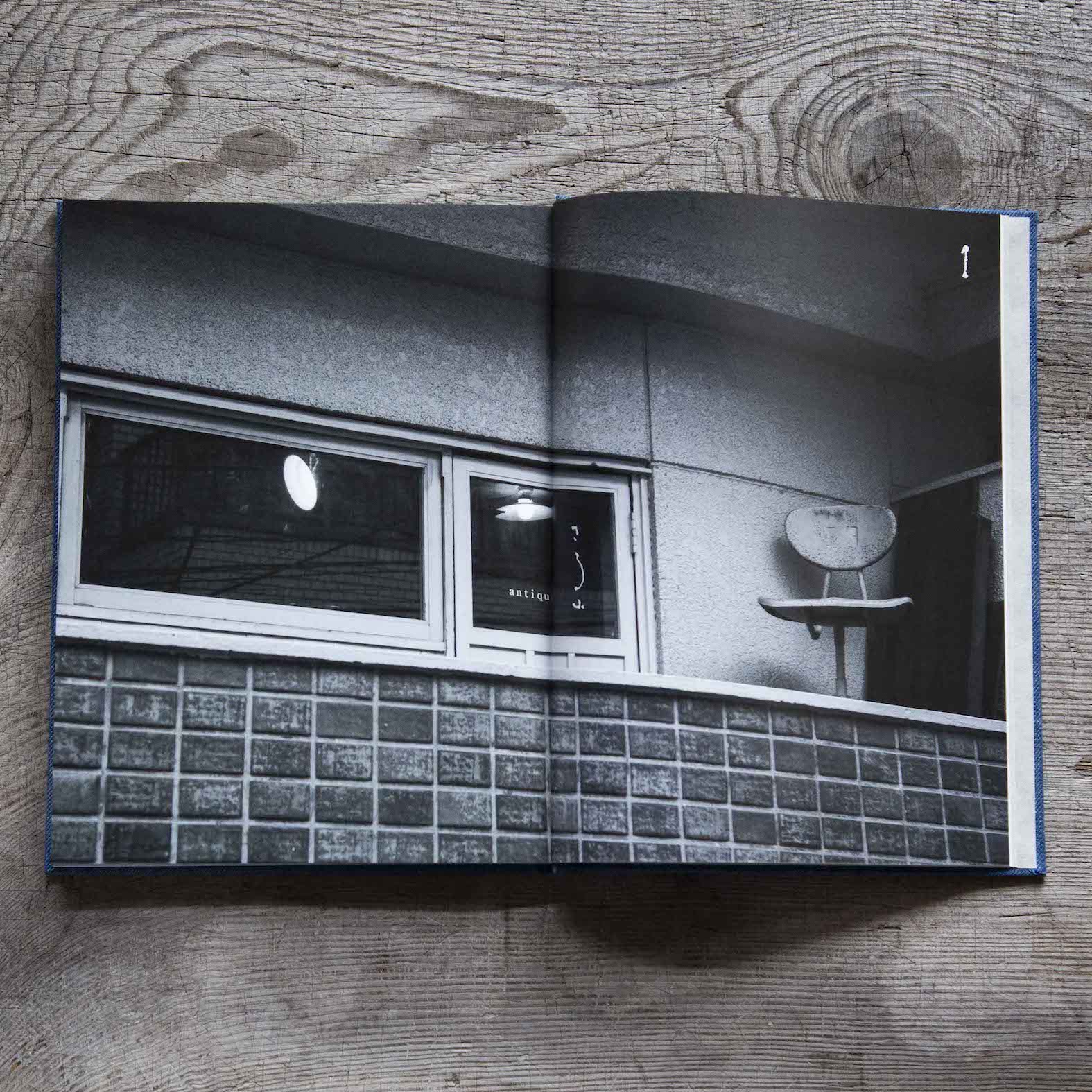
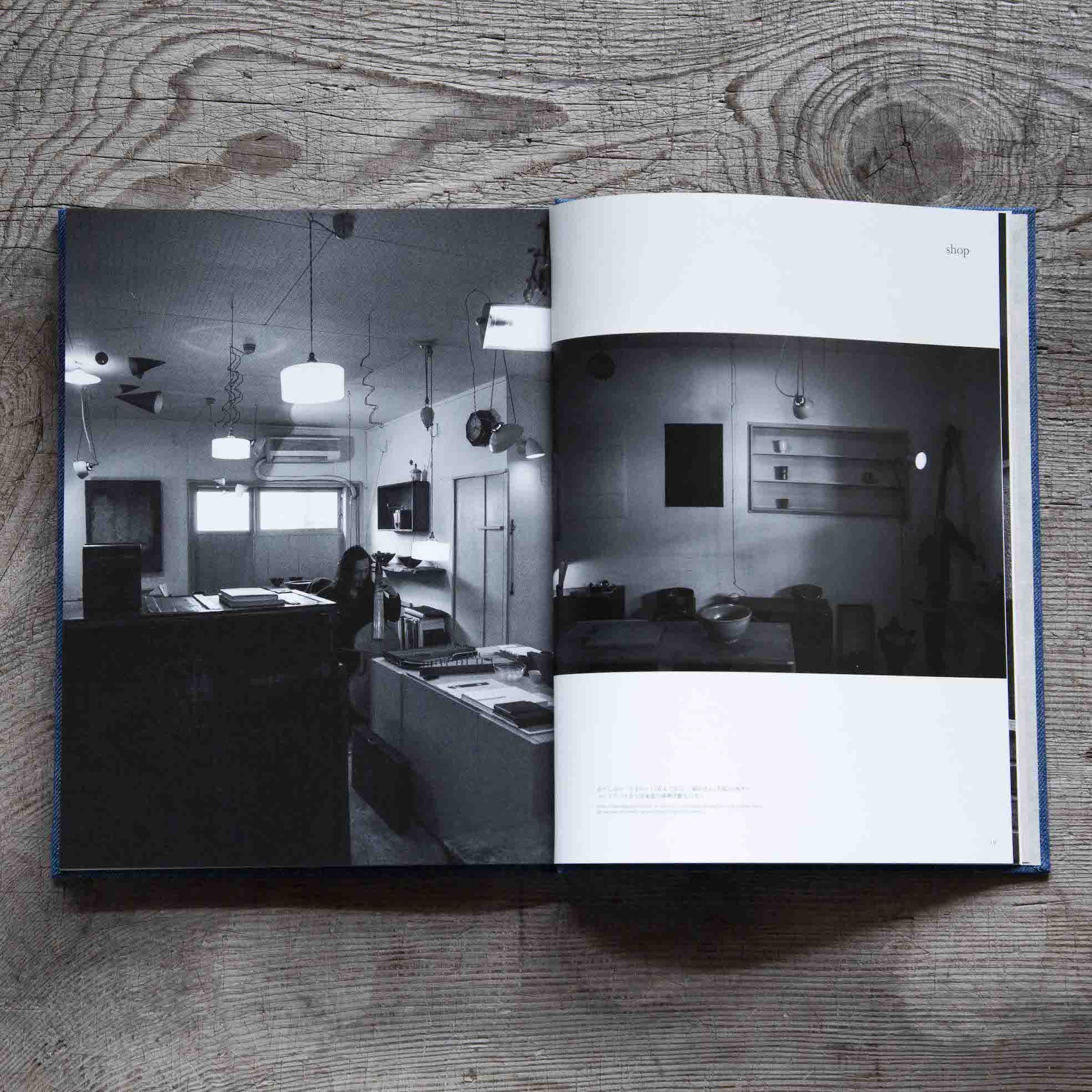
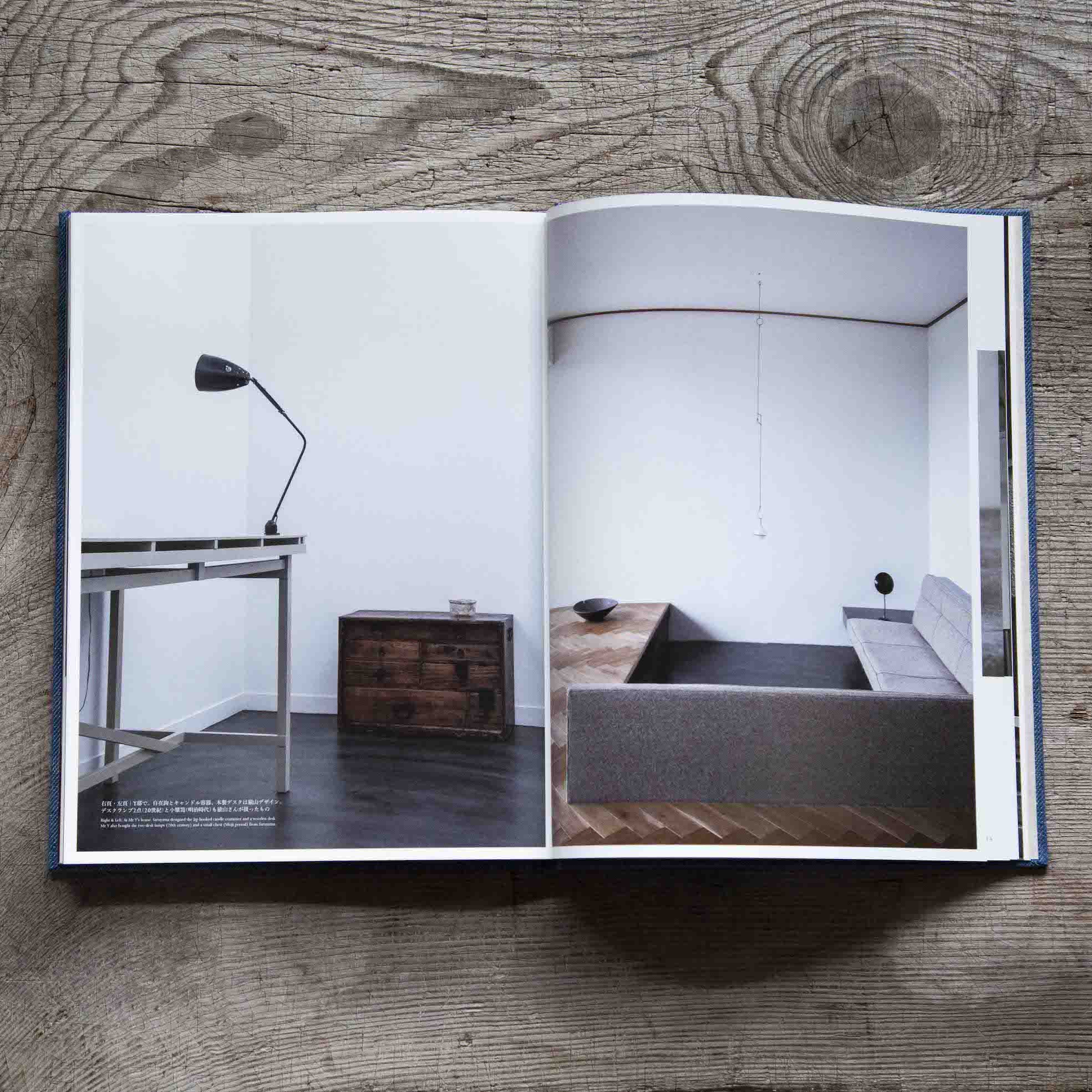
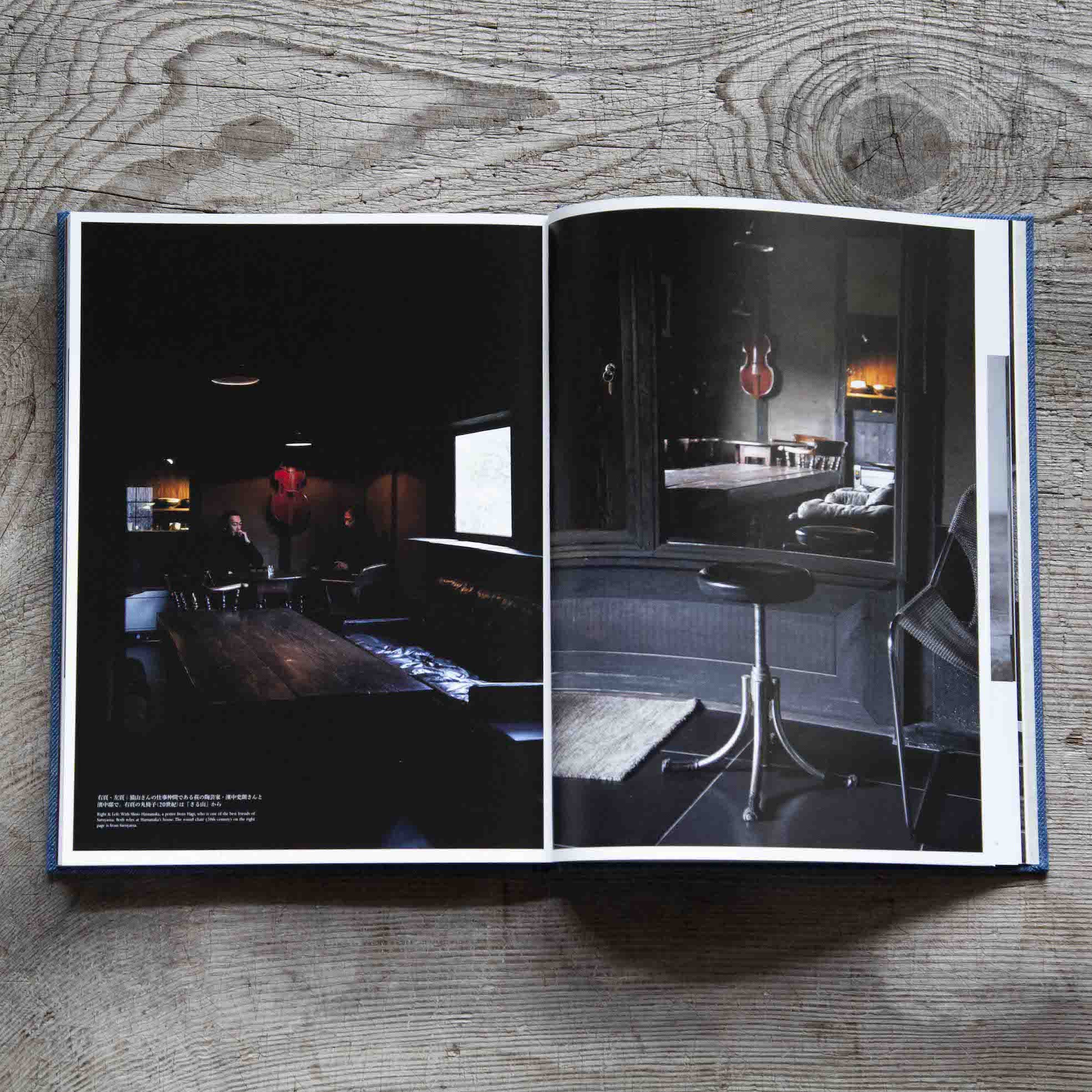
二〇一九年三月に麻布十番「さる山」が閉店しました。骨董と現代工芸の店でした。店主は猿山修さん(一九六六年生れ)。デザイナーでもあり(グラフィックとプロダクト)、店はやめても、デザイン事務所「ギュメレイアウトスタジオ」はつづけています(ギュメは《 》、フランス語の引用符)。この特集では閉店直前の「さる山」を撮影しています。文章は猿山論二本と、猿山修小伝。
かつては西荻に店があり(一九九四年から)、二〇〇〇年に麻布十番に移りました。一九年にさる山、二〇年に魯山(西荻)と古道具坂田(目白)が店を閉じました。八〇年代は「雑貨」、九〇年代が「デザイン」の時代だったとすれば、二〇〇〇年代は「生活工芸」と「古道具」の時代でした。魯山も坂田もさる山も、その時代を代表する店でした。東京が、急にさびしい街になった気がしました。S
In March 2019, the shop Saruyama closed its doors. It dealt with antiques and contemporary crafts. Osamu Saruyama (born in 1966), the owner, is also a designer (graphics and products). Although he no longer runs a shop, he still has his studio, guillemets layout studio (guillemet is a French word for inverted commas). For this article, I photographed Saruyama just before its closure. In addition, there are two articles on Saruyama with a concise biography.
The shop Saruyama used to be in Nishiogi (since 1994) and moved to Azabu-Juban in 2000. It closed in 2019 and ROZAN (Nishiogi) and Antique Sakata (Mejiro) in 2020. If the ’80s was the era of ‘miscellaneous goods’ and the ’90s was the era of ‘design’, the 2000s was the era of ‘crafts for daily life’ and bric-a-brac. ROZAN, Antique Sakata and Saruyama were the leading shops of their time. I felt that Tokyo had suddenly become a very desolated city. (S)
2|川瀬敏郎の花 侘び
Flowers by Toshiro Kawase and Wabi
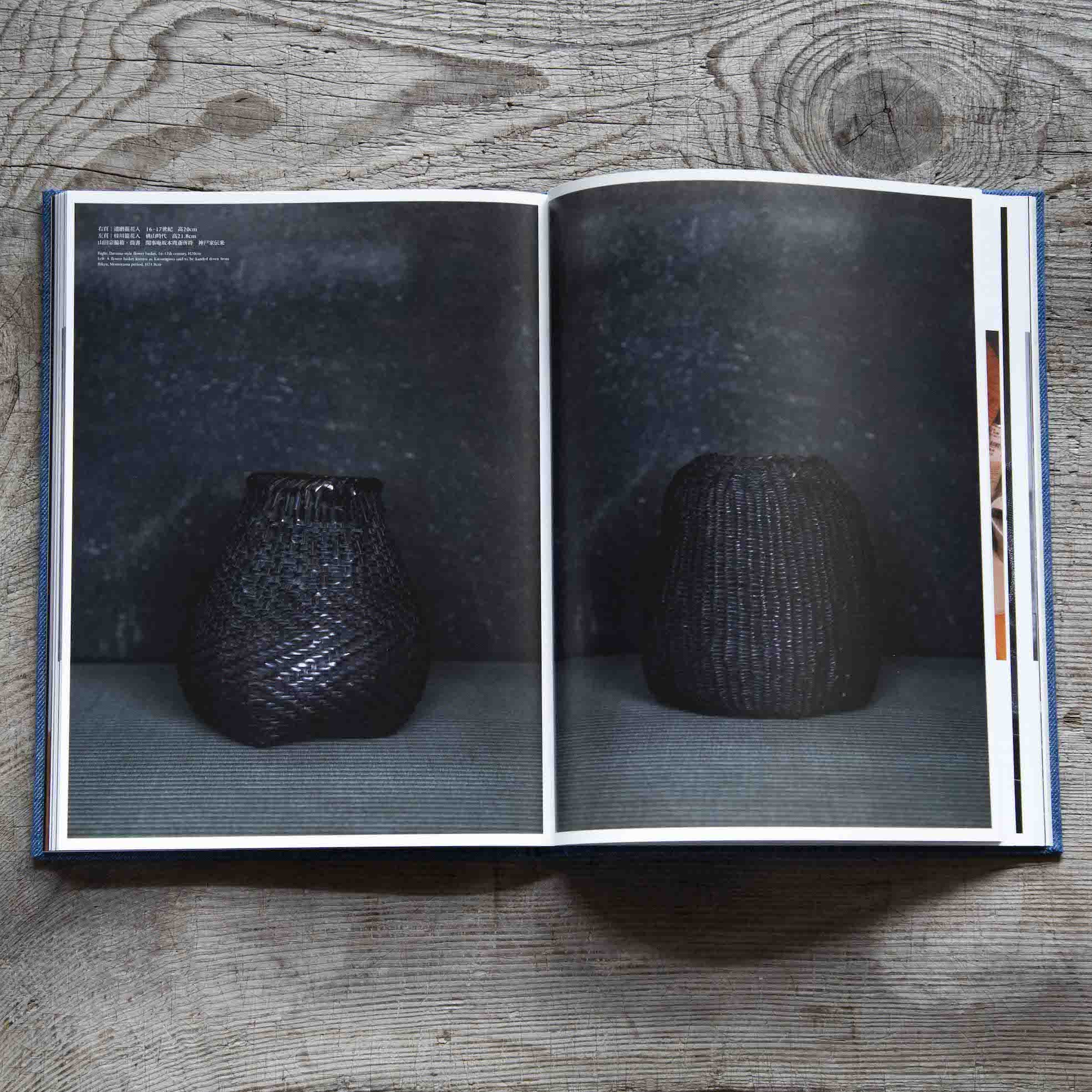
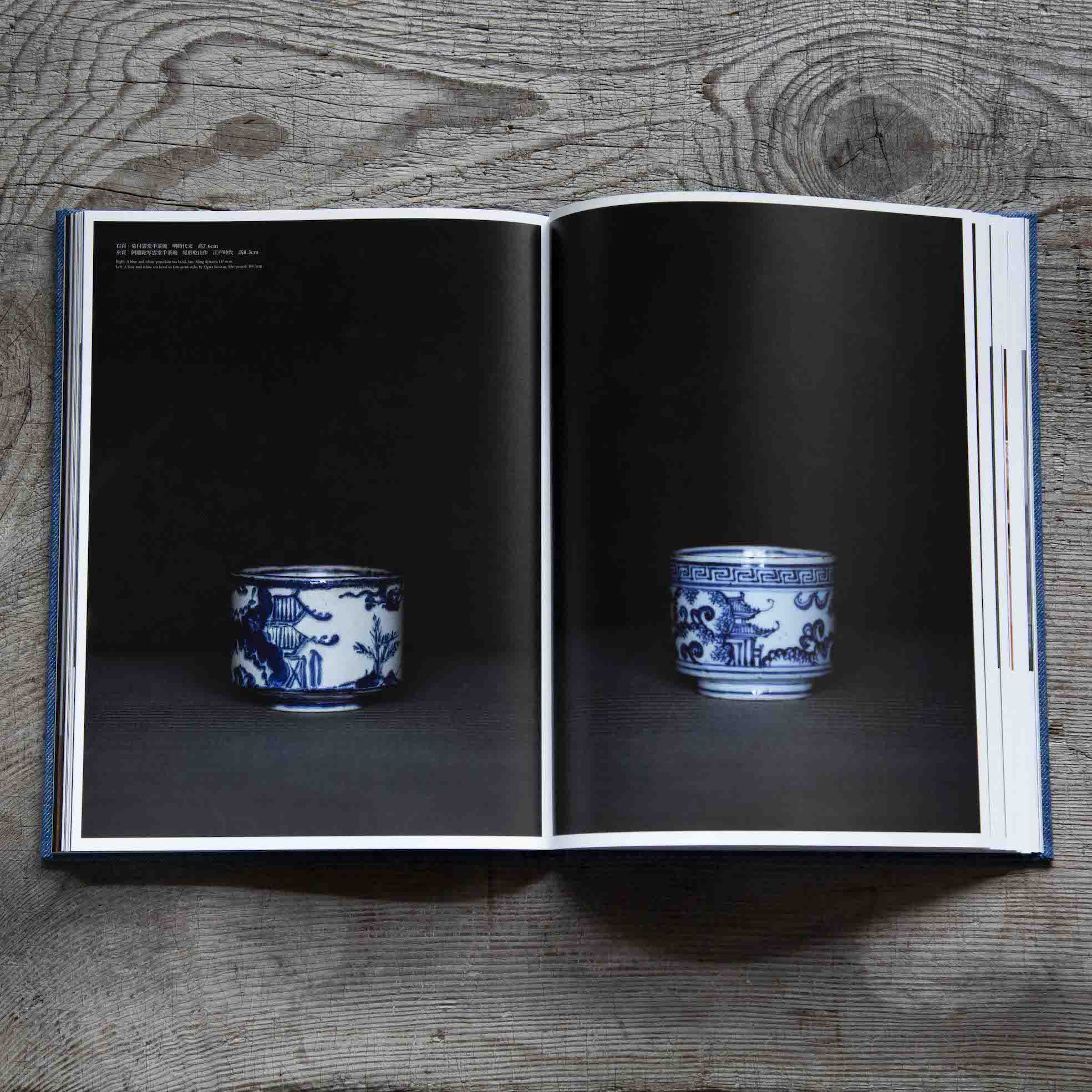
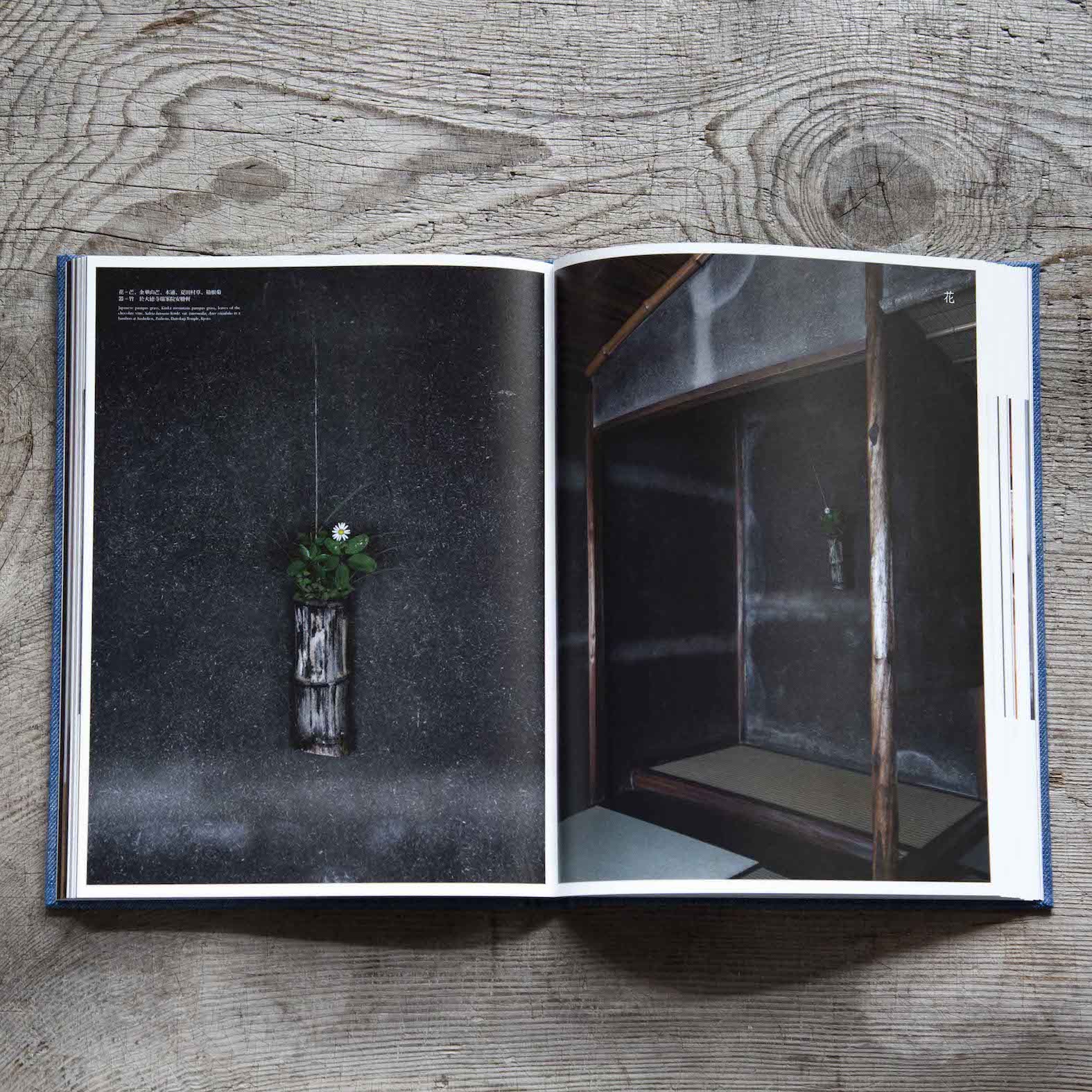
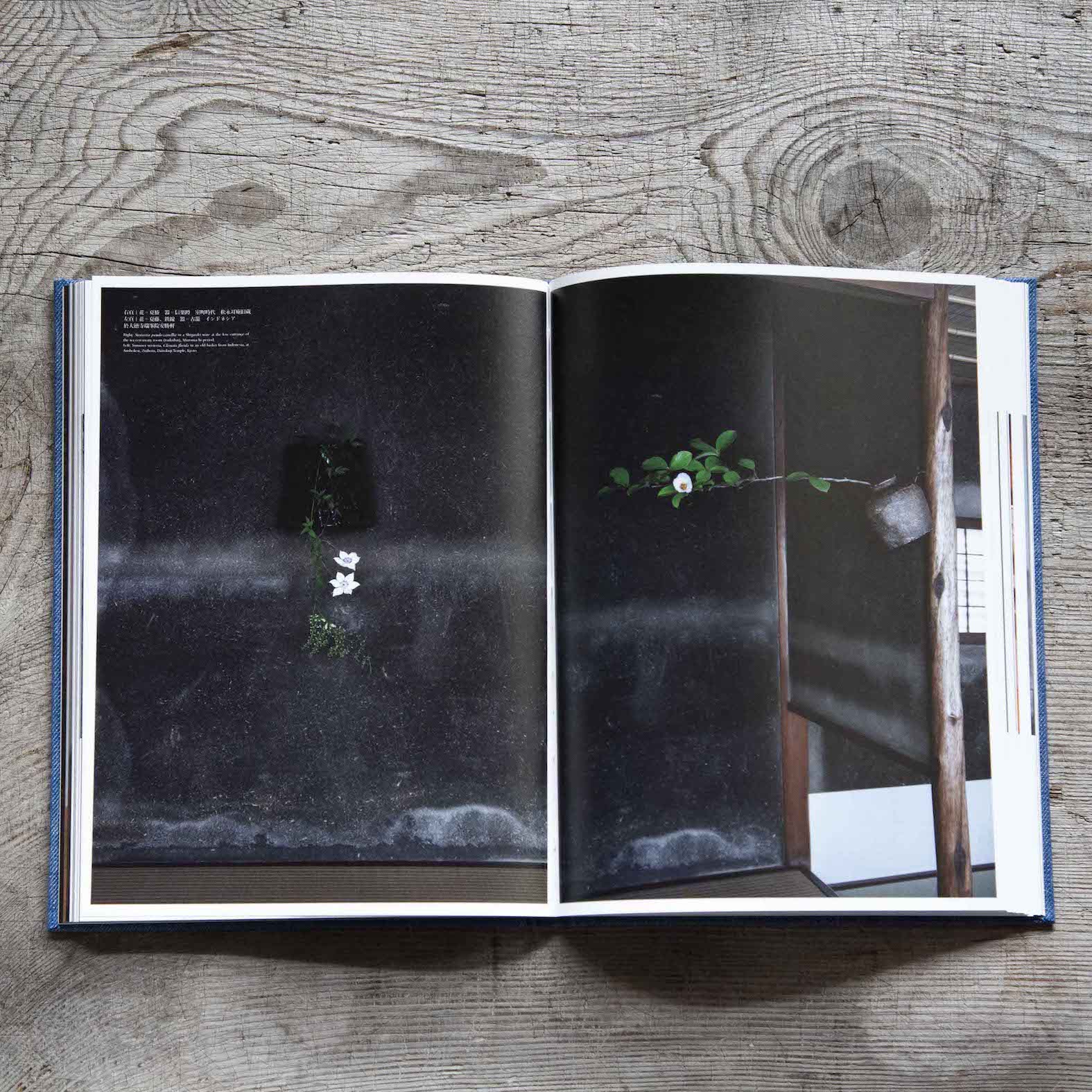
たてはなは「公」であり、なげいれは「私」であり、茶の湯も「私」。茶の湯となげいれを「私」たらしめているのは(公私はハレとケにいいかえられるかもしれません)、「侘び」ではないか、という会話から、この特集をつくることにしました。話者は花人の川瀬敏郎さんと、茶人の木村宗慎さんです。
「侘びとはなにか」という自問に、木村さんは道具で、川瀬さんは花で自答しています。随筆家で国文学者でもある青柳恵介さんには、ふたりとはべつに、「侘び」という概念について、利休と芭蕉を例に説いていただきました。S
If Tatehana-style Ikebana is ‘public’, Nageire-style will be ‘private’. The art of tea ceremony may also be ‘private’. Then, what makes the art of tea ceremony and Nageire ‘private’ (public and private may be replaced by sacred and profane) is Wabi. This conversation with Toshiro Kawase, an Ikebana artist, made me plan this article. The interviewees are Kawase and Soshin Kimura, a tea master.
To the question ‘What is Wabi?’ Kimura answered with tea ceremony tools and Kawase with flowers. Next, Keisuke Aoyagi, an essayist and scholar of Japanese literature, explains the concept of Wabi using the examples of Rikyu and Basho. (S)
3|ロシアとスキタイ
Russia and Scythian Art
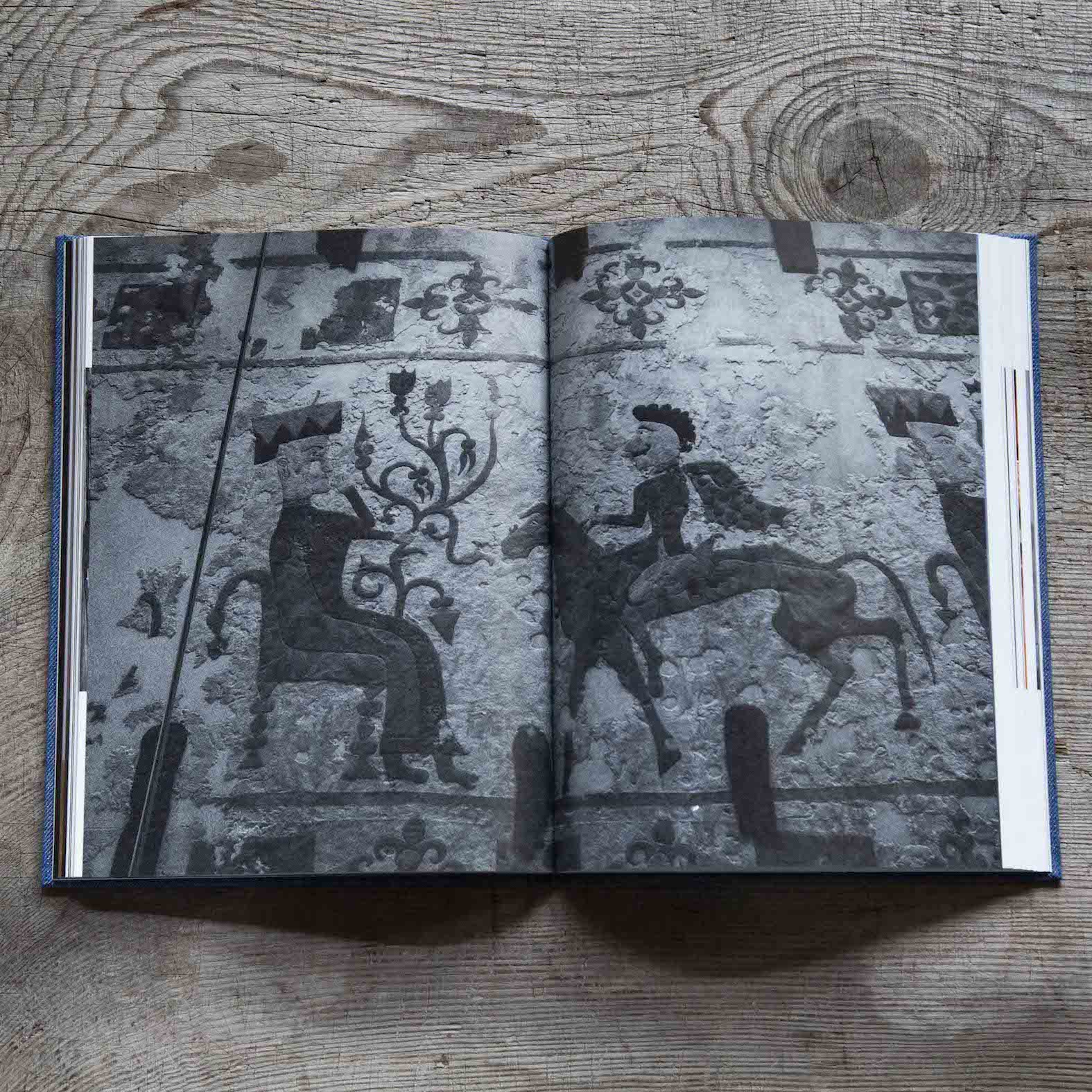
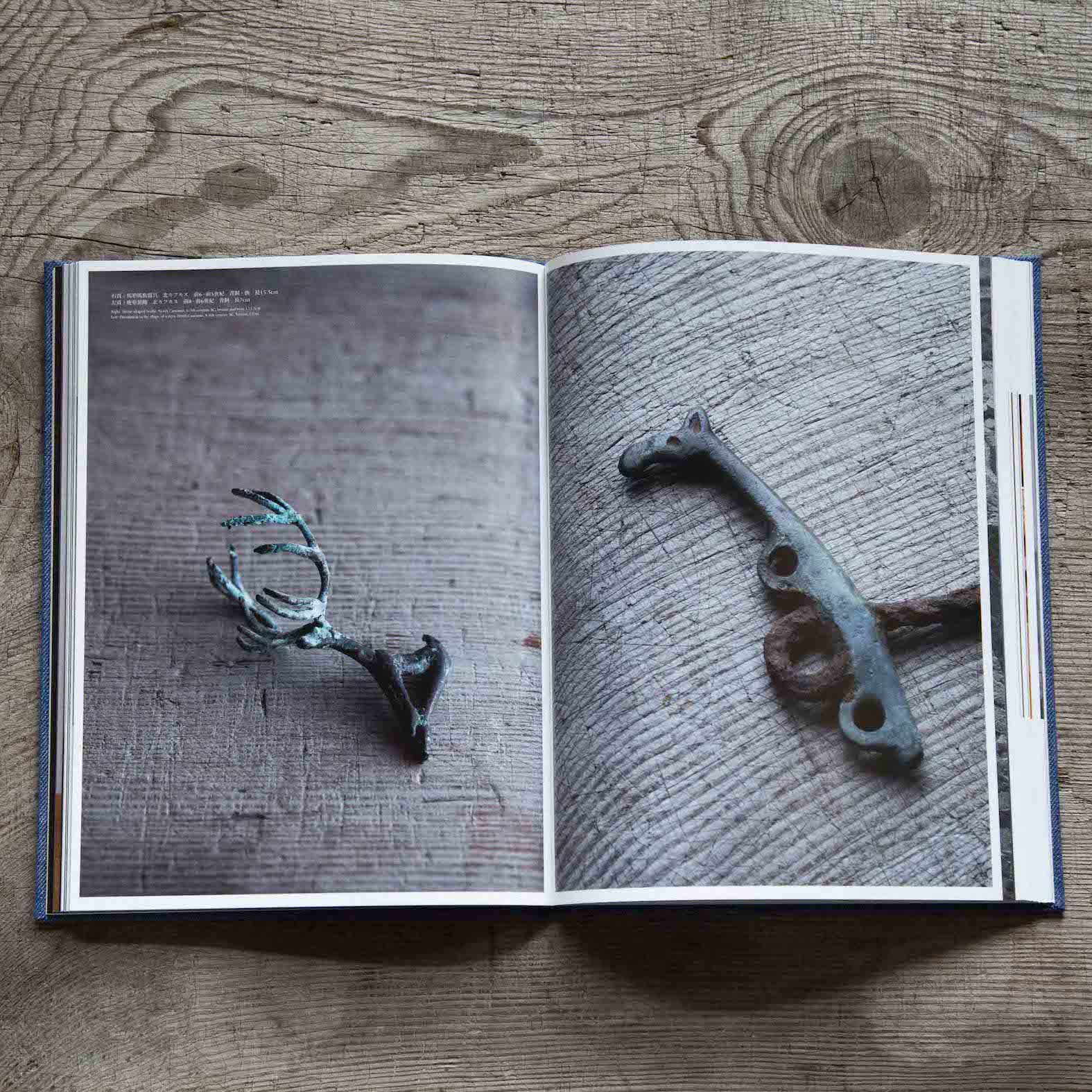
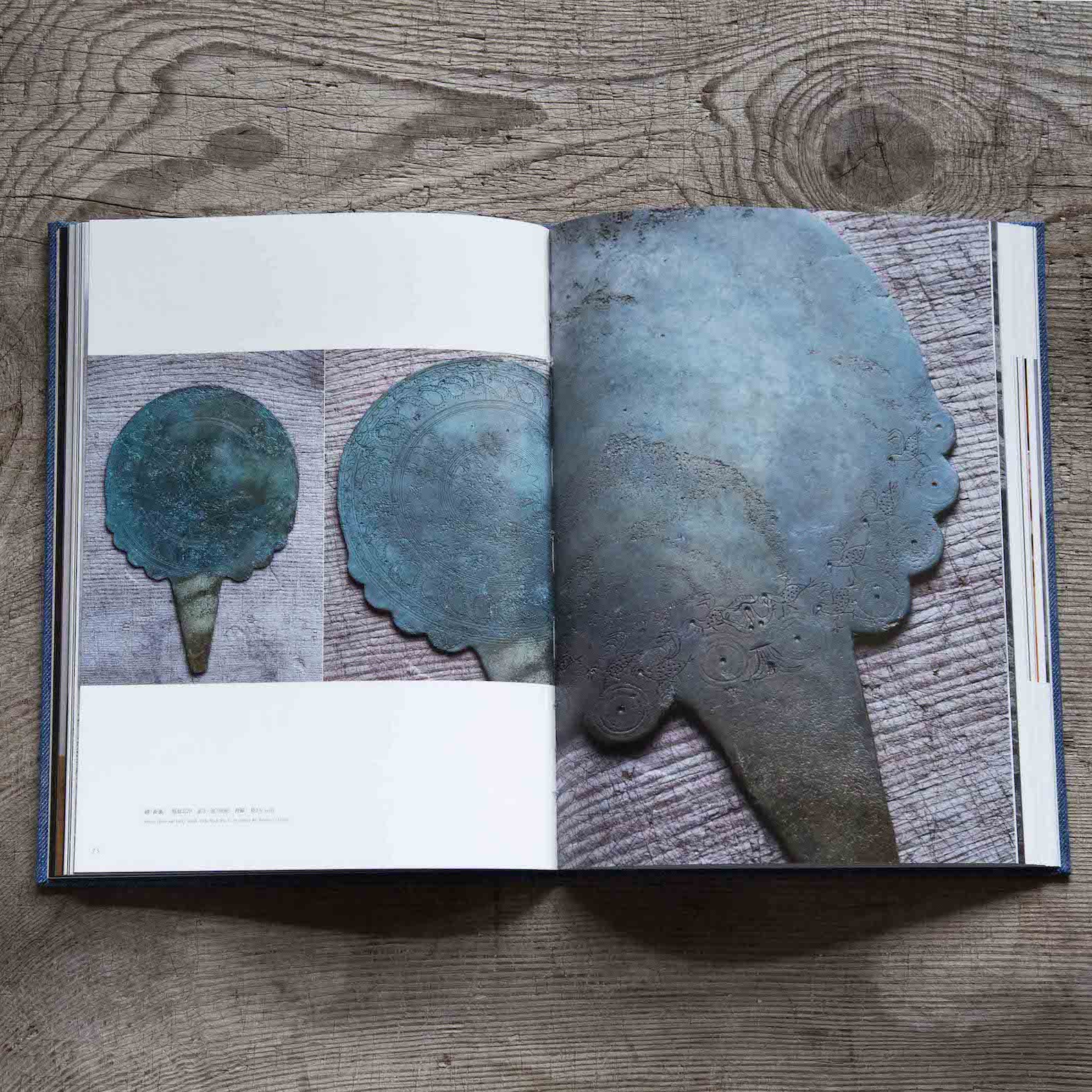
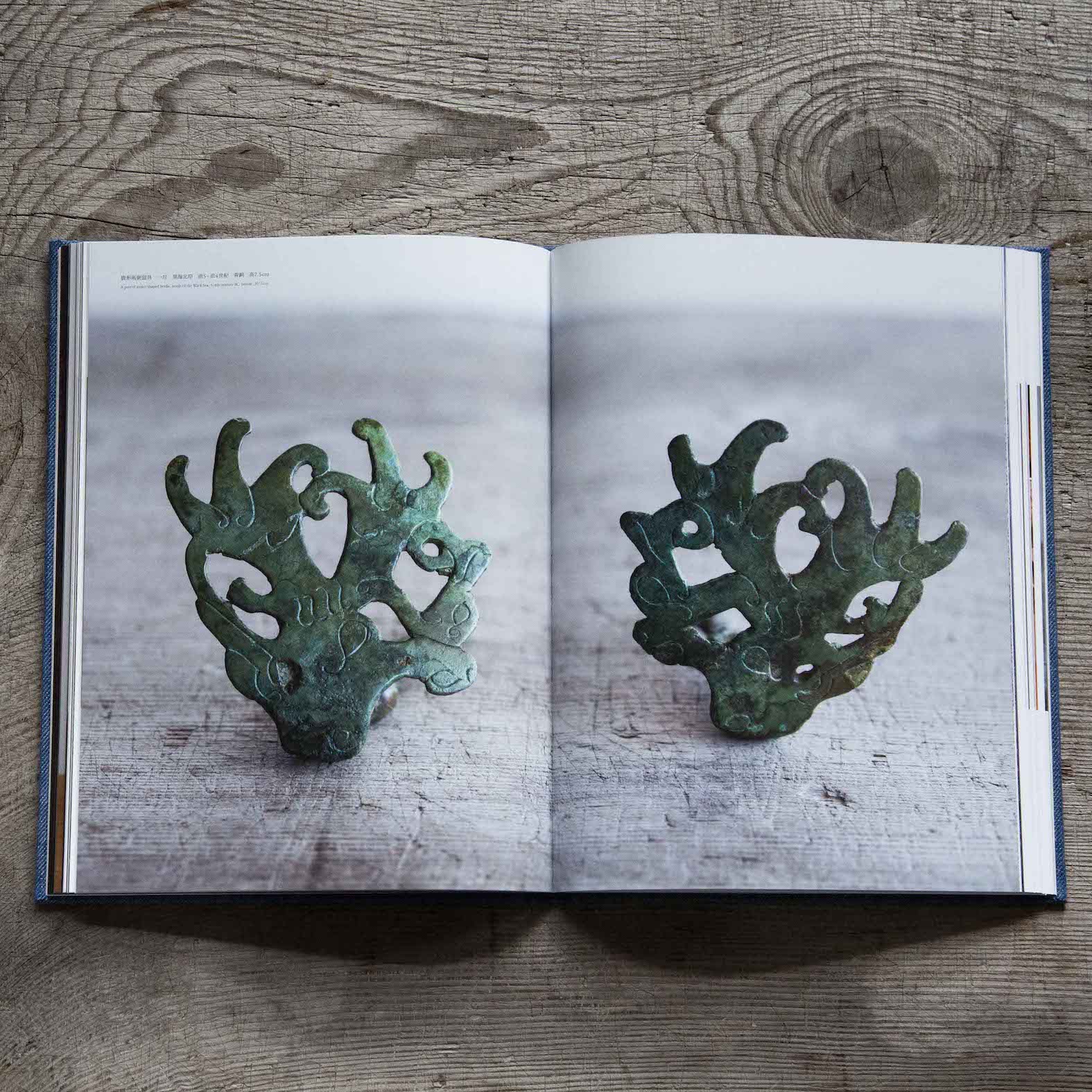
『工芸青花』前号で特集したロシアのノヴゴロド取材の通訳は、サンクトペテルブルク在住の骨董商、毛涯達哉さん(一九八〇年生れ)にお願いしました。ノヴゴロドに発つ前日、毛涯さんとエルミタージュ美術館をみてまわったとき、同行した美術史家の金沢百枝さんとともに感心したのはスキタイ美術の充実ぶりでした。
スキタイ文化とは紀元前七世紀から前四世紀ごろ、黒海北岸(いまのウクライナとロシアの一部)で栄えた遊牧民文化で、美術史的には黄金製品がよく紹介されるのですが、それらはギリシアなどの影響がつよく、よりスキタイらしいのは青銅製の武器、馬具装飾などで、そこにきざまれた連鎖するような動物文が特色です。
毛涯さんには取材の翌年(二〇二〇年)、青花の展示室でスキタイ展をお願いしました。以下に掲載したのはその出品作で、文章は毛涯さんと、考古学者の松本圭太さんによるスキタイ概説です。S
Tatsuya Kegai (born in 1980), an antique dealer living in St. Petersburg, helped us as an interpreter for our visit to Novgorod, Russia, on which we featured in the last issue of ‘Kogei Seika’. Before Novgorod, we visited the State Hermitage Museum with Kegai and the art historian Momo Kanazawa. We were most impressed by the richness of Scythian Art.
The Scythian culture was a nomadic culture that flourished on the northern shores of the Black Sea (today’s Ukraine and parts of Russia) from the 7th to the 4th century BC. It is more typical of Scythia, with its bronze weapons and harness decorations and the interlocking animal motifs.
In 2020, the year after our visit, we invited Kegai to present Scythian Art in our gallery. The following is a summary of the exhibition, written by Kegai and the archaeologist Keita Matsumoto. (S)
4|望月通陽と as it is
Exhibition of Michiaki Mochizuki at museum as it is
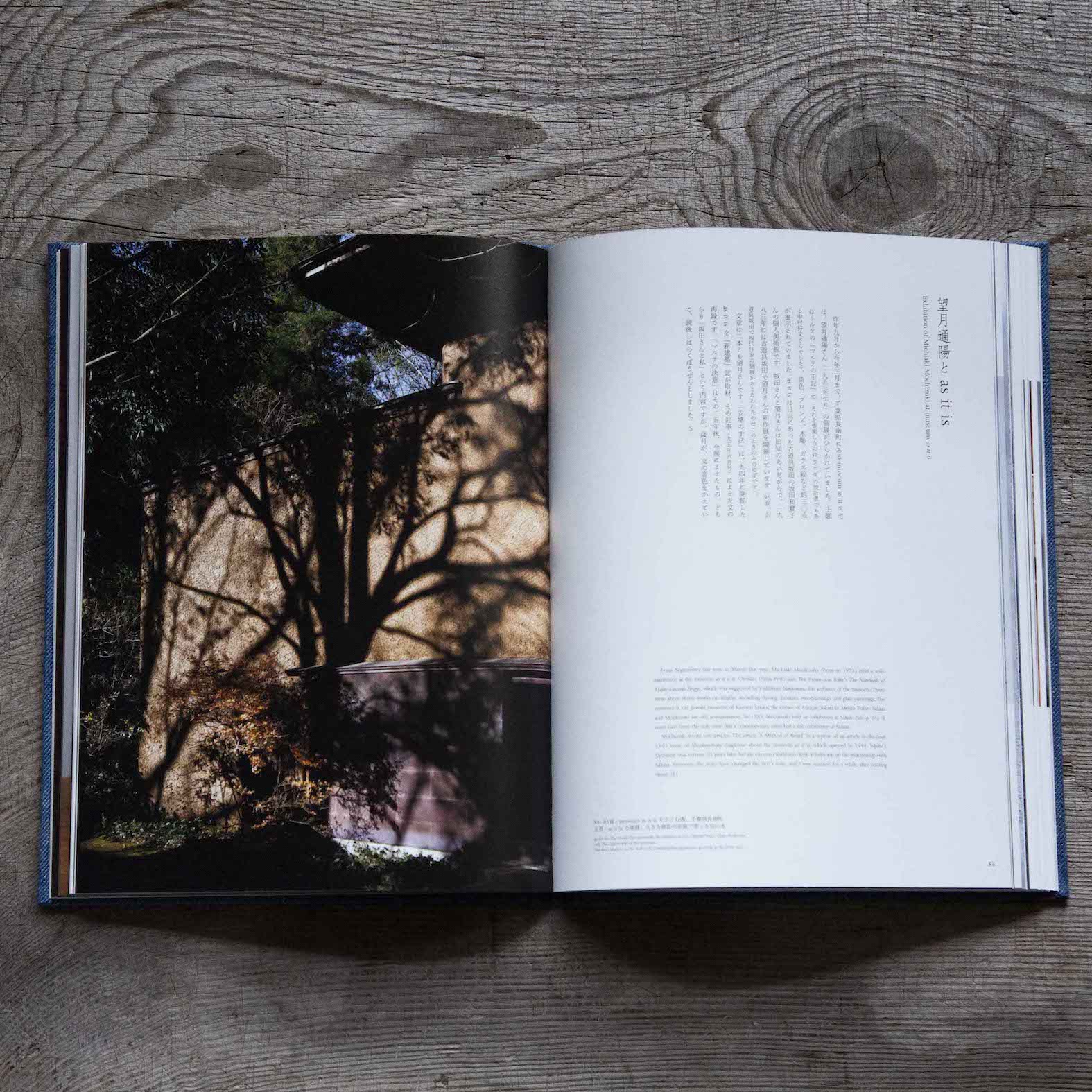
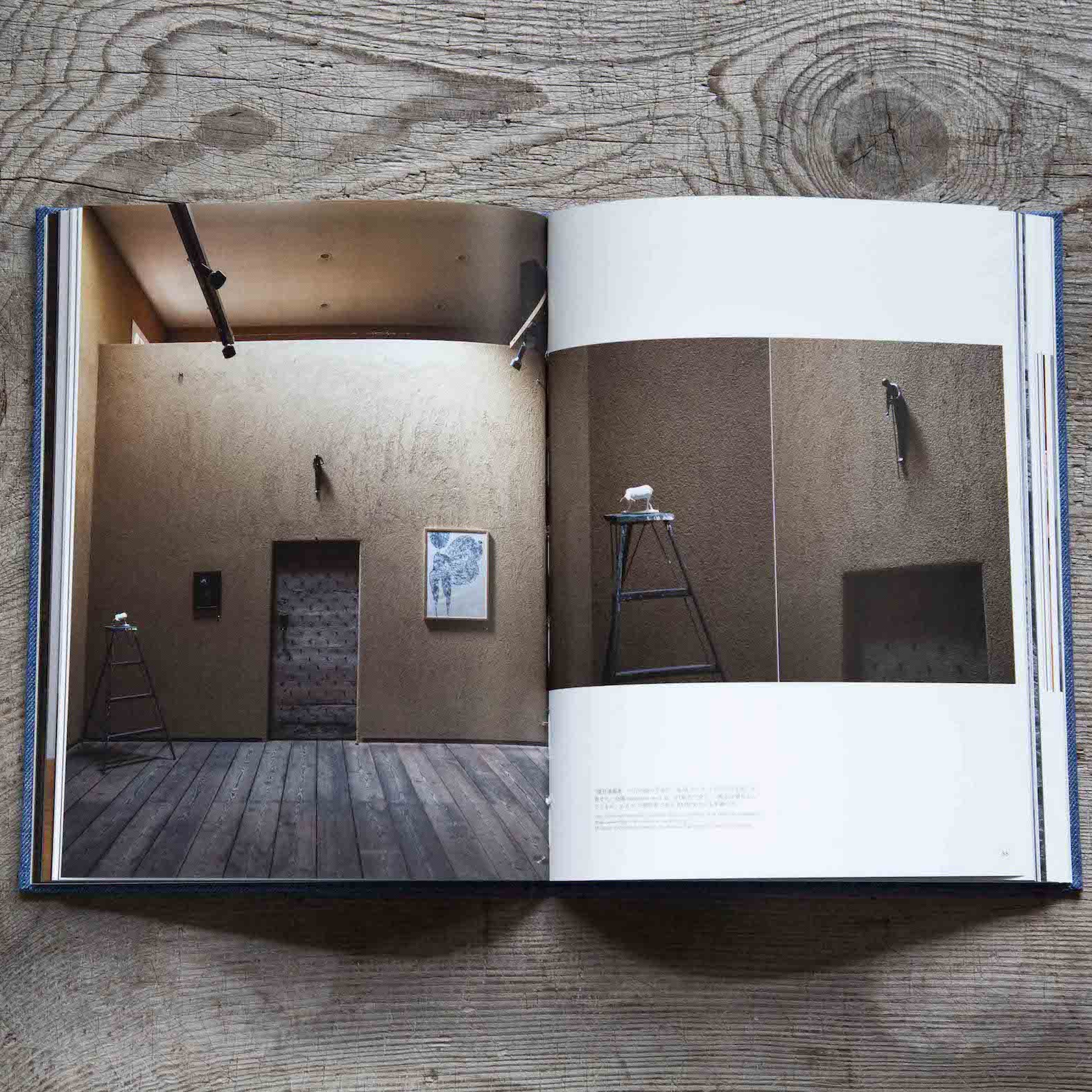
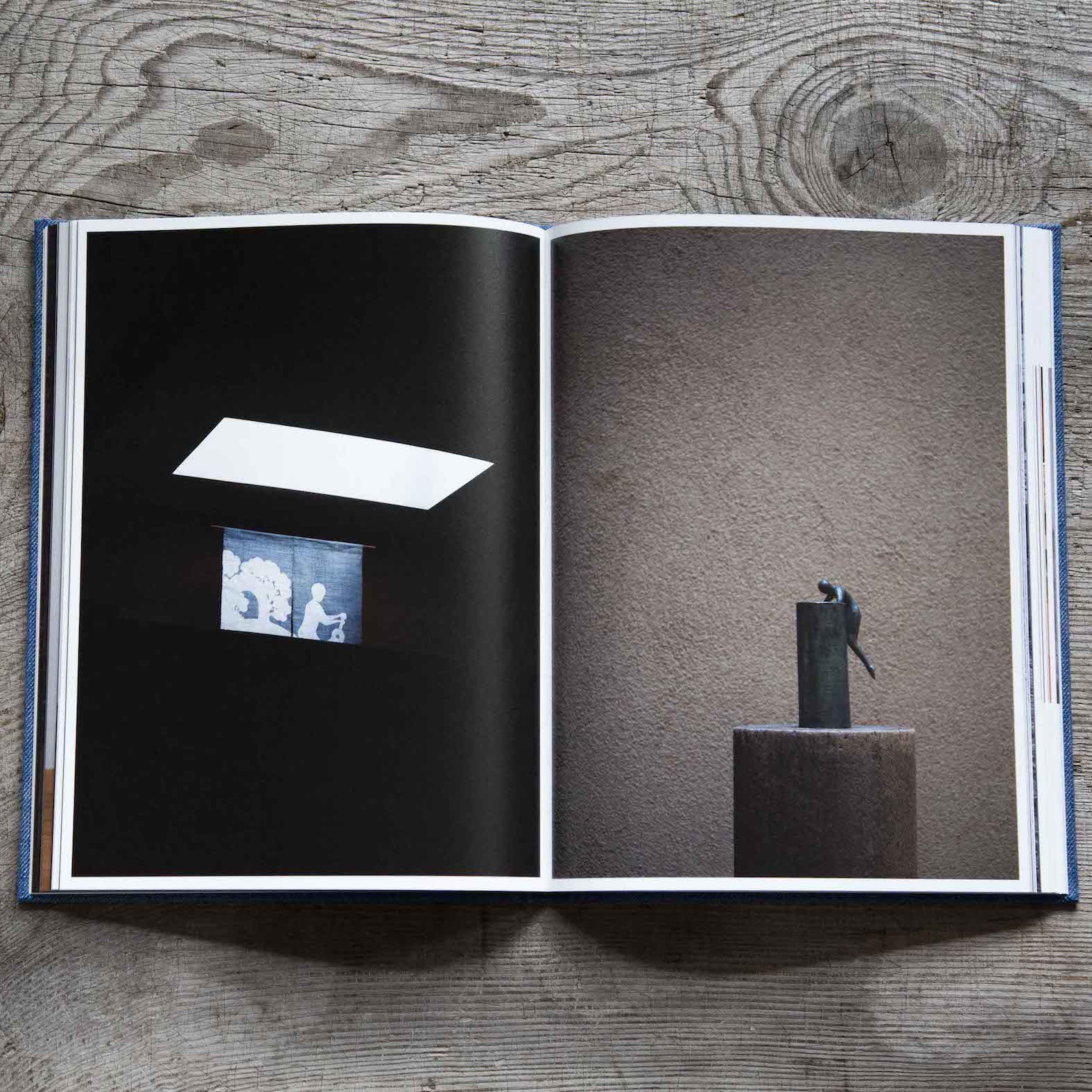
昨年九月から今年三月まで、千葉県長南町にある museum as it is では、望月通陽さん(一九五三年生れ)の個展がひらかれていました。主題はリルケの『マルテの手記』で(それを提案したのは as it is の設計者でもある中村好文さんでした)、染色、ブロンズ、木彫、ガラス絵など約三〇点が展示されていました。as it is は目白にあった古道具坂田の坂田和實さんの個人美術館です。坂田さんと望月さんは旧知のあいだがらで、一九八三年には古道具坂田で望月さんの新作展を開催しています(95頁。古道具坂田で現代作家の個展がおこなわれたのはこのときのみのはずです)。
文章は二本とも望月さんです。「安堵の手法」は、九四年に開館した as it is を『新建築』誌が取材、その記事(九五年六月号)によせた文の再録です。「マルテの決意」はその二五年後、今展によせたもの。どちらも「坂田さんと私」という内容ですが、歳月が、文の音色をかえていて、読後しばらくぼうぜんとしました。S
From September last year to March this year, Michiaki Mochizuki (born in 1953) held a solo exhibition at the museum as it is in Chonan, Chiba Prefecture. The theme was Rilke’s The Notebooks of Malte Laurids Briggs, which was suggested by Yoshifumi Nakamura, the architect of the museum. There were about thirty works on display, including dyeing, bronzes, woodcarvings and glass paintings. The museum is the private museum of Kazumi Sakata, the owner of Antique Sakata in Mejiro, Tokyo. Sakata and Mochizuki are old acquaintances. In 1983, Mochizuki held an exhibition at Sakata (see p. 95). It must have been the only time that a contemporary artist had a solo exhibition at Sakata.
Mochizuki wrote two articles. The article ‘A Method of Relief’ is a reprint of an article in the June 1995 issue of Shinkenchiku magazine about the museum as it is, which opened in 1994. ‘Malte’s Decision’ was written 25 years later for the current exhibition. Both articles are on the relationship with Sakata. However, the years have changed the text’s tone, and I was stunned for a while after reading them. (S)

